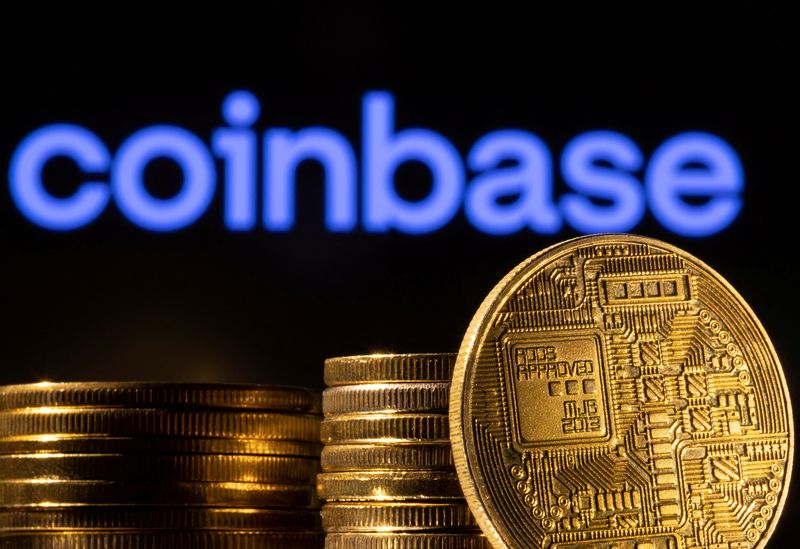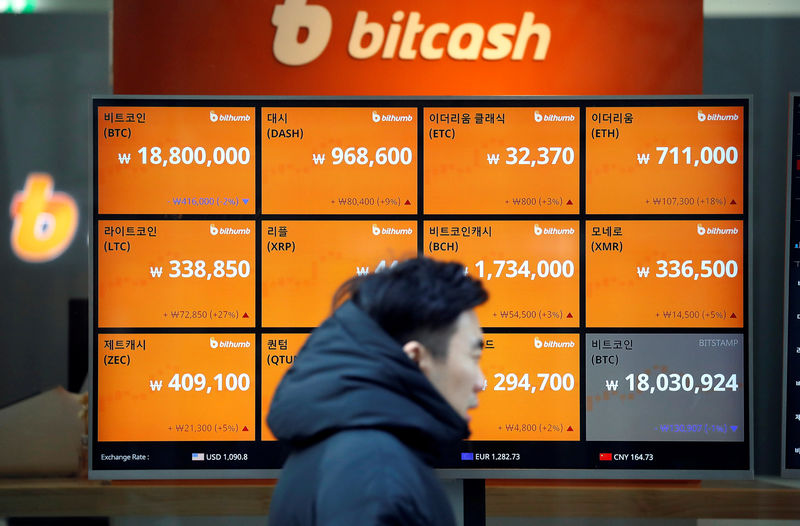The horror story goes something like this: A family returns from a trip abroad and the glow of the vacation has barely begun to fade when a cell phone bill arrives with hundreds (or even thousands) of dollars in international charges. The phenomenon even has a name: bill shock.
Smartphones have become an indispensable part of international travel. You can use them to check in at the gate, cross borders, find your way around a foreign city, and pay for breakfast at a coffee shop. Now it’s easier than ever to use your phone like you would at home without affecting your wallet.
There are two main options: you can get a data plan directly through your phone company or you can change your phone’s SIM card, a small chip that stores data about you and your provider; On newer phones, you can use an app that doesn’t do the same thing. Here are some tips:
Choose the right plan
All three major US carriers offer some version of an all-inclusive international data plan. Prices and countries covered vary. Some come into effect automatically when you cross a border and others require you to register before you travel. Almost everyone sends a text message detailing their options when their phone connects to a foreign network.
AT&T offers the International Pass for $10 a day, allowing travelers to use their phones as they would in the United States. AT&T automatically adds a day pass when customers with unlimited plans connect to the network in a foreign destination.
Customers with this plan can use their phones as many days as they want, but will only be charged for a maximum of 10 days per billing cycle. The plan covers around 210 destinations, including Canada and Mexico. Some exceptions: Cuba and Maldives.
Verizon has a similar offer: TravelPass, which offers customers with Unlimited Plus, Unlimited Welcome and other unlimited plans the ability to talk, text and use data for $10 per day (there is no limit on how many days you can charged in one billing cycle), or a $100 monthly pass. The first 2 GB of high-speed data each day is included; After that, travelers get unlimited data at a slower speed.
Unlimited plan customers heading to Canada or Mexico do not need to purchase TravelPass, but for all other plans, a day pass to those countries costs $5. TravelPass covers around 210 international destinations. Exceptions: Cuba and Maldives.
T-Mobile automatically includes international coverage at no additional cost in its most popular plans, said Mike Katz, president of marketing, strategy and products. Depending on the plan, it includes unlimited texting to over 215 destinations worldwide and 5GB of high-speed data per bill cycle (but most phone calls are 25 cents per minute). Like AT&T and Verizon, Cuba is not covered, but the Maldives is.
T-Mobile travelers who need more high-speed data or free calls can upgrade with one-day passes, starting at $5 (unlimited calls and up to 512 MB of high-speed data). For longer stays, a 30-day plan with up to 15GB of high-speed data costs $50.
Change your SIM
Subscriber Identity Module cards (small, removable chips that link a phone to the network and its owner’s phone number) offer another way to save money while traveling, especially if you take a long trip or use a lot of devices. data. Instead of signing up for a US carrier’s international calling plan, you can purchase a local SIM card, usually as part of a prepaid or pay-as-you-go package, usually at a cheaper rate. Rates vary by provider, country and offers.
If you have a newer model phone, you probably don’t even need to change (and keep track of) physical SIM cards: it may have eSIM capabilities built in.
Apps like Airalo offer affordable eSIM options to hundreds of destinations around the world. Airalo options include Discover Plus, a global plan that includes 10 texts, 10 minutes of calls and 1GB of data, starting at $9 for seven days. There’s also a regional plan (covering places like Europe), starting at $5 for seven days, and a local plan (for a single country), as low as $4.50 for seven days.
Two caveats about SIM swapping: your phone usually needs to be unlocked (not tied to a specific carrier) and you’ll usually receive a foreign phone number when you set up the new SIM card, so be sure to share that number with anyone. that needs it. To contact you. (Your regular phone number will go to voicemail.) If you use an eSIM and your phone has Dual SIM Dual Standby technology, you may still be able to use your usual number.
Adapt technology
There are some technological precautions travelers can take to avoid shocking bills.
First, control your data usage by turning off data roaming in your phone’s settings when you don’t need it. You can also download maps when you have Wi-Fi and then use apps like Google or Apple Maps in offline mode. You can also individually silence data-consuming apps by disabling their access to mobile data in your phone’s settings.
Finally, consider using secure Wi-Fi (be careful with public networks) to make calls on services like FaceTime or WhatsApp to avoid voice or long distance fees.









